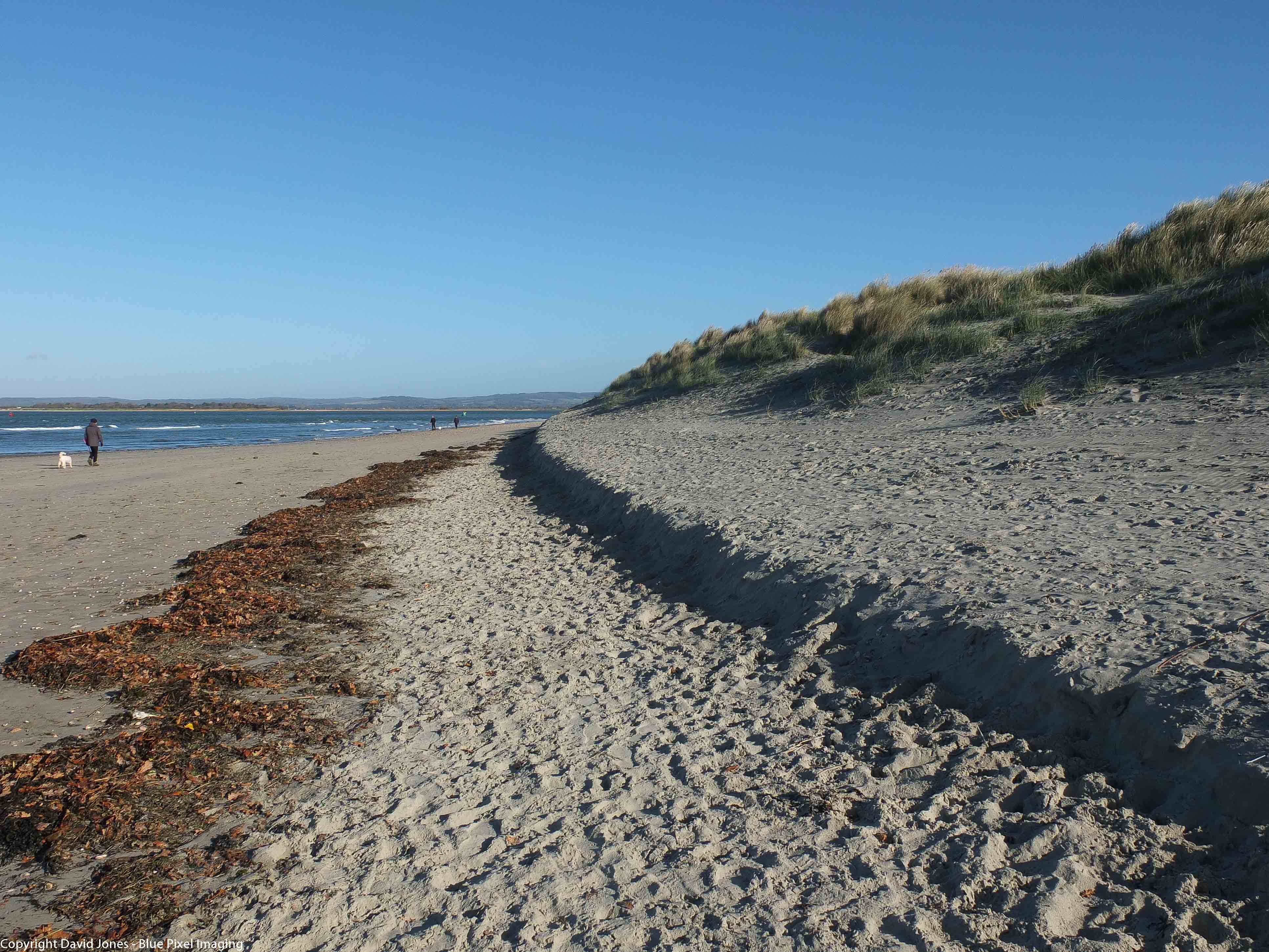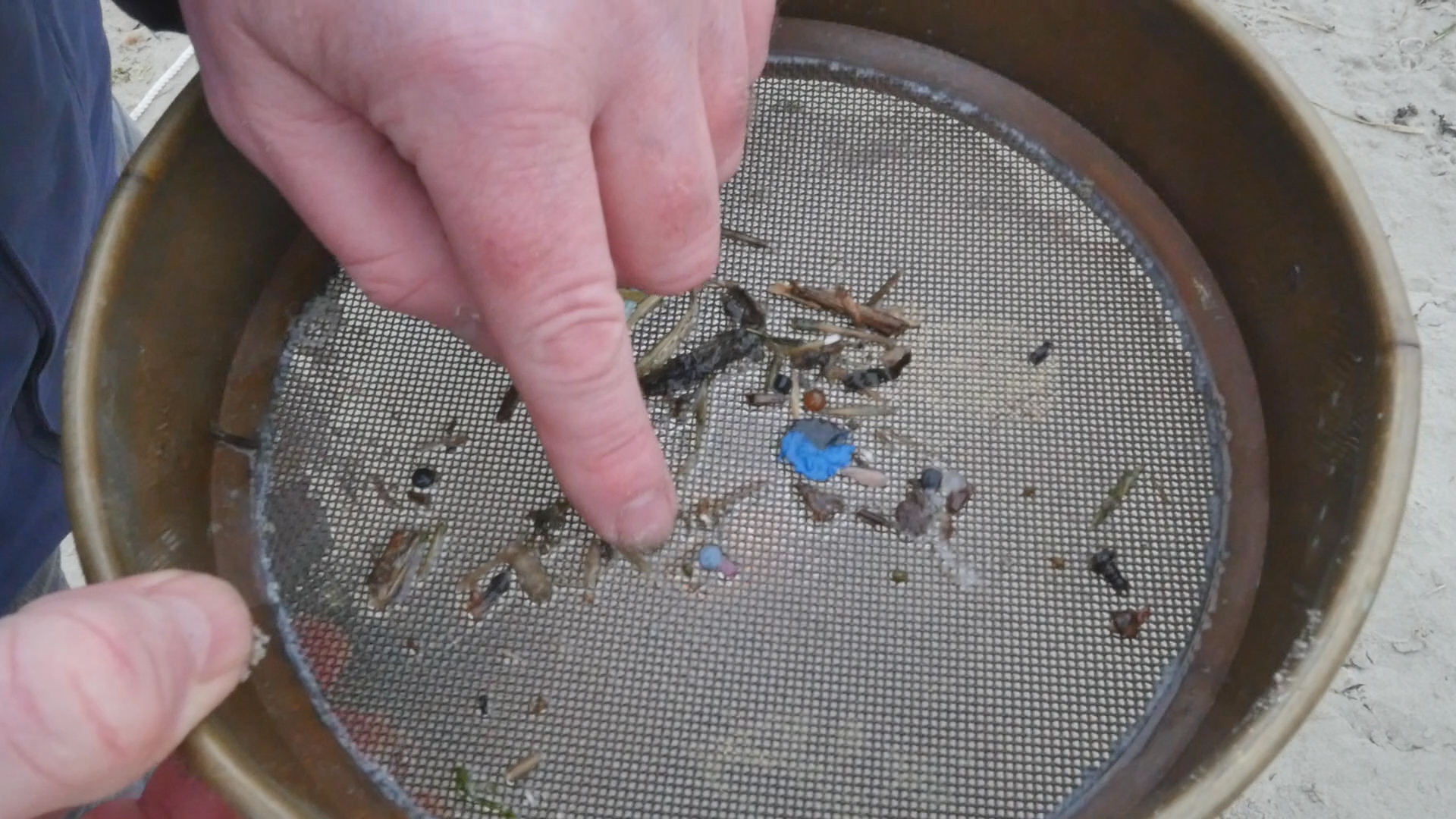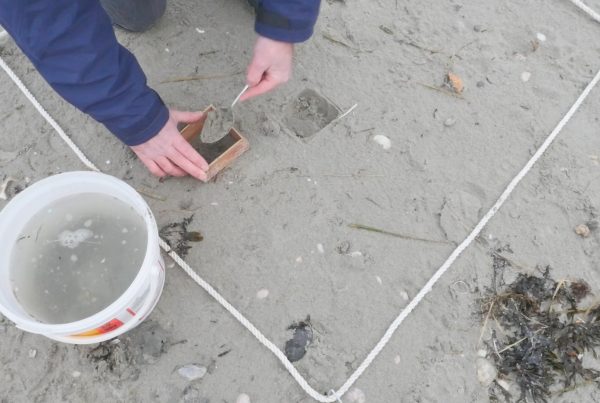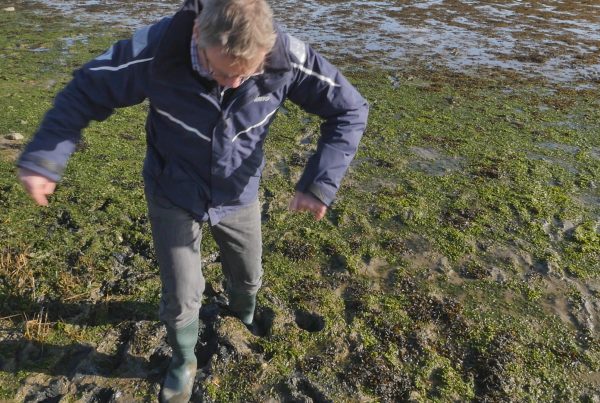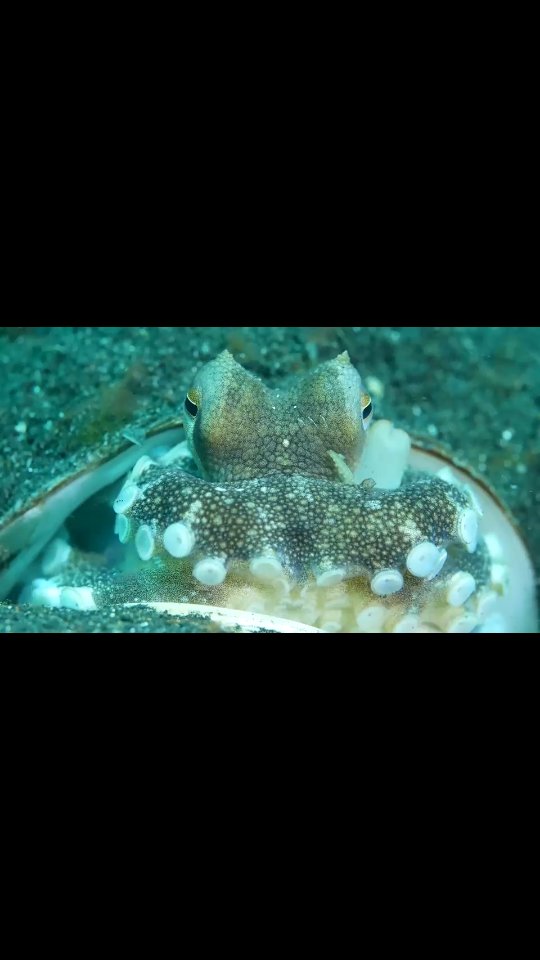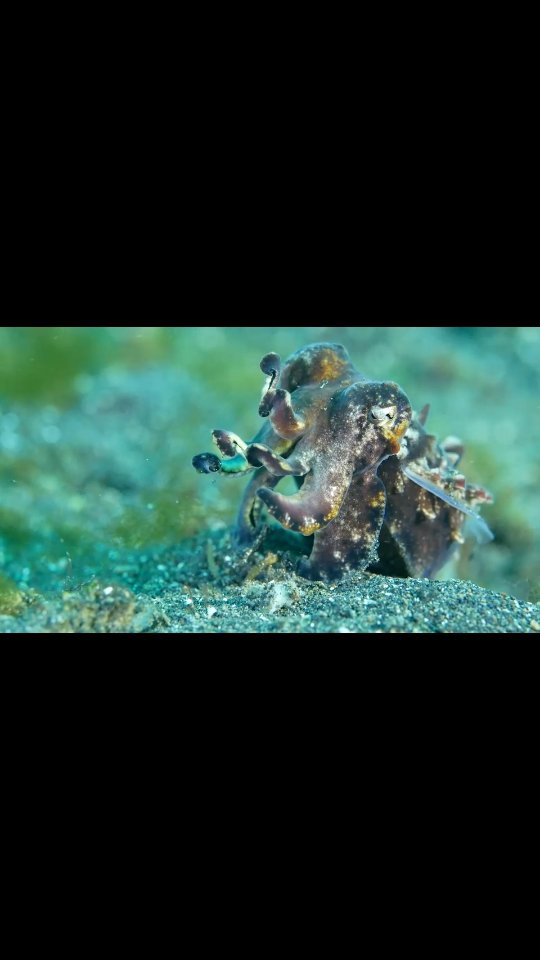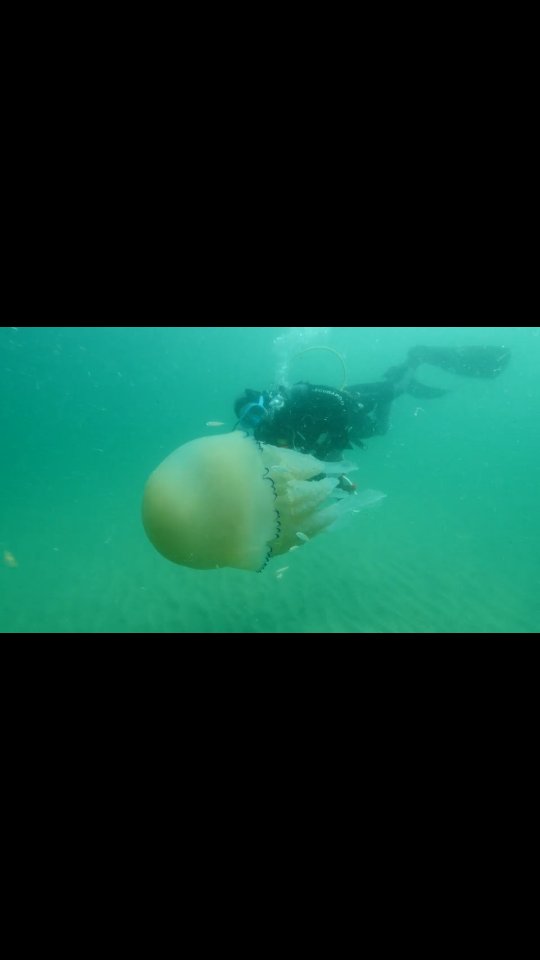The Intertidal Zone
In order to obtain useful data about how microplastics get to the beach we want to obtain data across the intertidal zone. At the top of the shoreline is the “Wrack zone”. This is the highest point of the tide and indicates the highest water mark in the tidal cycle. This is the first zone to be surveyed.
Follow the Strandlines
Once you have surveyed the wrack zone the tide will have started to go out and you should see successive lines of seaweed. The next two surveys will be along two of these strandlines. The final intertidal zone we want to survey is the area just below the last strandline. The chances are that you may not find much microplastic in this area. Tha’s fine – it is all useful data.

